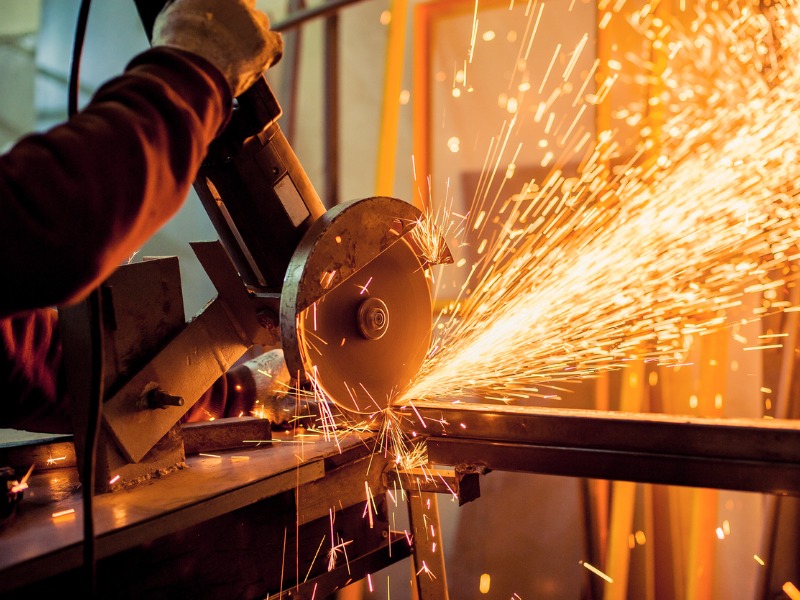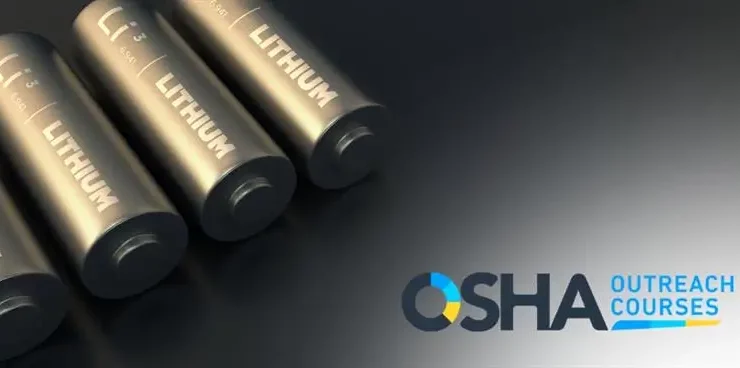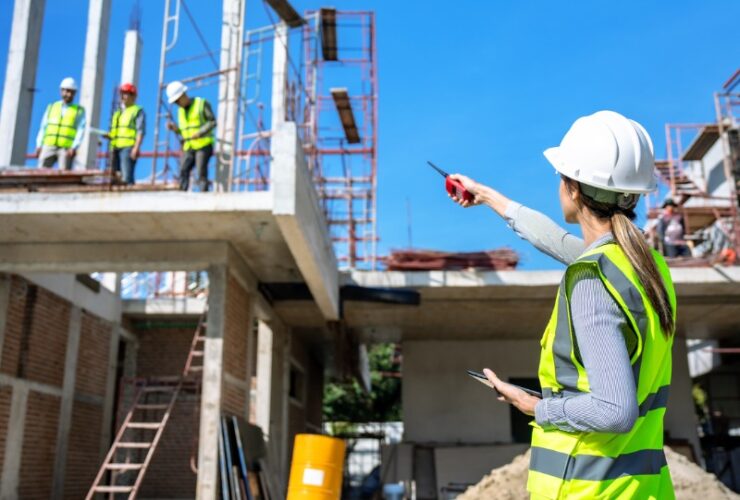Welding, Cutting, and Brazing Guidelines
OSHA covers the security necessities for welding, cutting, and brazing activities as a rule in industry and development working environments. Such tasks are otherwise called “hot work” occupations. Welding, cutting, and brazing are risky exercises that represent a remarkable blend of both wellbeing and wellbeing dangers too in excess of 500,000 specialists in a wide assortment of enterprises. The danger of deadly wounds alone is multiple deaths per thousand specialists over a working lifetime. Thus, OSHA 30-Hour Construction has built up guidelines intended to shield laborers from wounds and diseases identified with Welding, Cutting, and Brazing tasks.
Safe hot work tasks rely upon the means taken to forestall and control openings to outrageous warmth, compacted gas, electrical risks, poisonous gases and exhaust, clamor, and emanated energy. The guidelines cover fire counteraction and security, faculty safe work practices and assurance, and plan details for utilization of hardware. All the more explicitly, they cover Storage, and transport of acetylene and oxygen Safety systems for bend welding, cutting, and opposition welding gear. Defensive garments for welding administrators Ventilation of the work region Respiratory protection in confined spaces Inspection and upkeep of frameworks and hardware by qualified people.
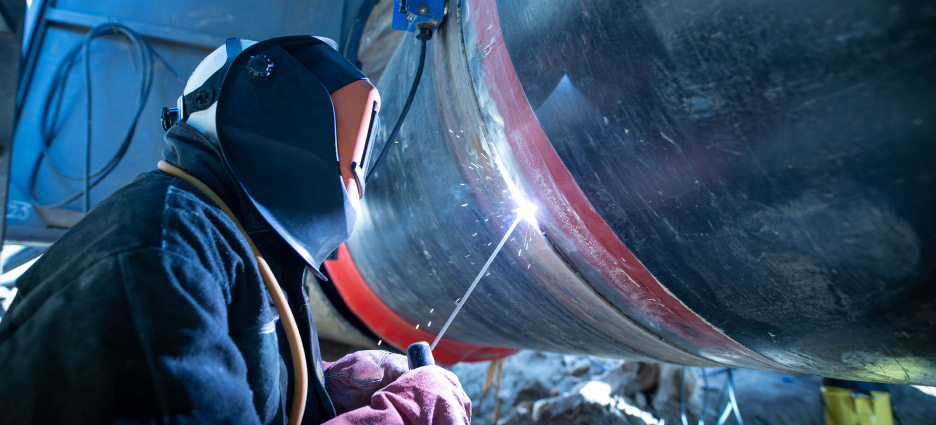
Managers are liable for preparing representatives to work securely with fuel gas in welding and cutting activities. The preparation incorporates making laborers mindful of the intelligent idea of welding perils. Bosses are likewise answerable for the appropriate taking care of, moving and putting away of fuel chambers, furnishing hardware that is agreeable with safety rules, and directing the necessary testing and examination of that gear.
Fire watchers should have fire quenching gear promptly accessible and be prepared for its utilization. They should be comfortable with offices for sounding a caution in case of a fire. They should look for flames in completely uncovered regions, attempt to quench them just when clearly inside the limit of the hardware accessible, or in any case sound the alarm system. A fire watch should be kept up for in any event a half-hour after consummation of welding or slicing activities to distinguish and quench conceivable seething flames.
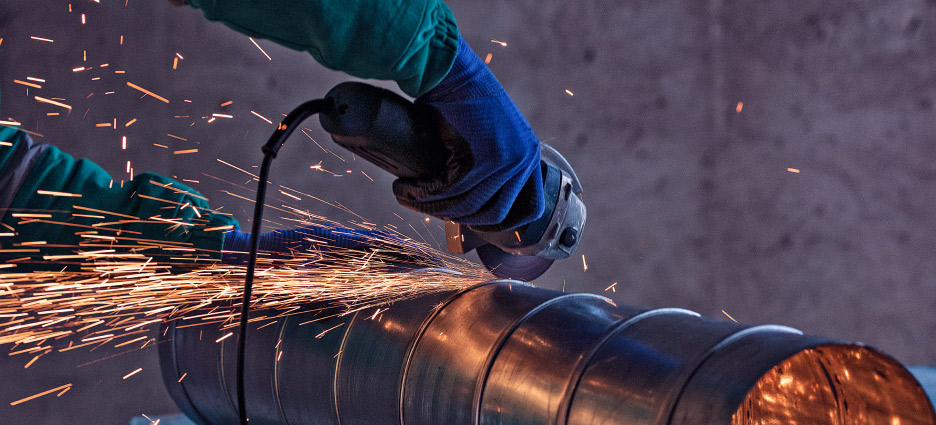
Prior to cutting or welding being allowed, the region should be reviewed by the individual liable for approving cutting and welding tasks. The person in question should assign insurances to be continued in conceding approval to continue ideally as a composed license. Where flammable materials, for example, paper clippings, wood shavings, or material strands are on the floor, the floor should be tidied up for a span of 35 ft. (10.7 m). Ignitable floors should be kept wet, covered with sodden sand, or secured by heatproof shields.
On the off chance that welding is to be done on a metal divider, segment, roof, or rooftop, safety measures should be taken to forestall the start of combustibles on the opposite side, because of conduction or radiation, ideally by migrating combustibles. Where combustibles are not migrated, a fire watch on the contrary side of the work should be given. Welding should not be endeavored on a metal segment, divider, roof, or rooftop having an ignitable covering nor on dividers or allotments of burnable sandwich-type board development. Cutting or welding on lines or other metal in contact with flammable dividers, allotments, roofs, or rooftops should not be attempted if the work is sufficiently close to cause start by conduction.
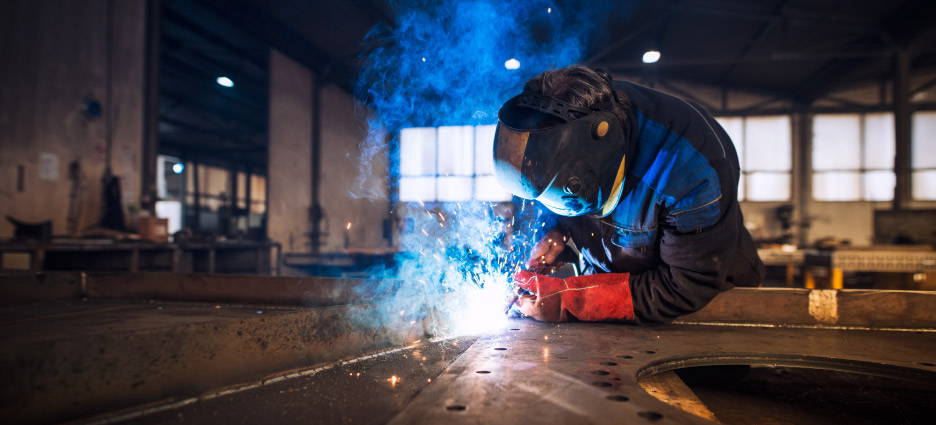
Security from actual dangers. A welder or partner chipping away at stages, platforms, or runways should be ensured against falling. This might be refined by the utilization of railings, seat straps, lifelines, or some other similarly successful shields. Welders should put welding links and other gear with the goal that it is away from paths, stepping stools, and flights of stairs. Head protectors or hand shields should be utilized during all bend welding or curve cutting tasks, barring lowered circular segment welding. Aides or specialists should be given appropriate eye security.
When welding in a space completely screened on all sides, the screens should be masterminded so they don’t confine the ventilation of the territory. It is alluring to mount the screens so they are around 2 ft. (0.61 m) over the floor except if the work is performed at so low a level that the screen should be stretched out closer to the floor to shield close by laborers from the glare of welding. Nearby fumes or general ventilating frameworks should be given and masterminded to keep the quantity of harmful vapor, gases, or residue beneath the greatest reasonable focus determined in OSHA’s risky and poisonous substances table (29 CFR 1910.1000). Medical aid gear should be accessible consistently. All wounds should be accounted for at the earliest opportunity for clinical consideration. Emergency treatment should be delivered until clinical consideration can be given.

